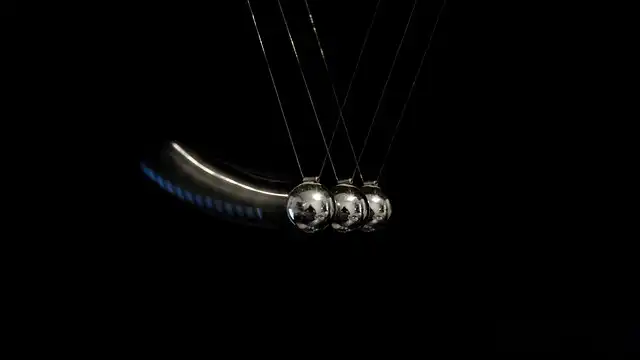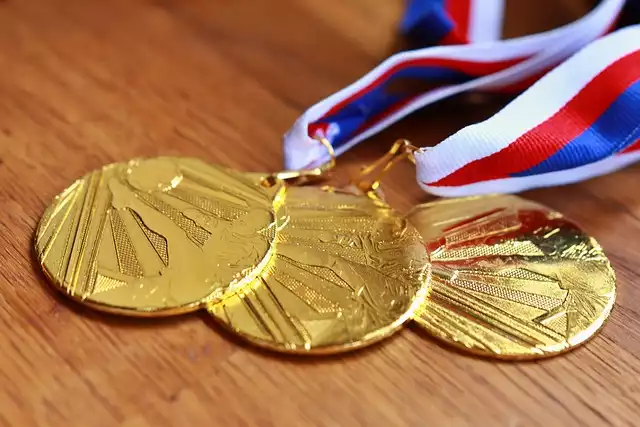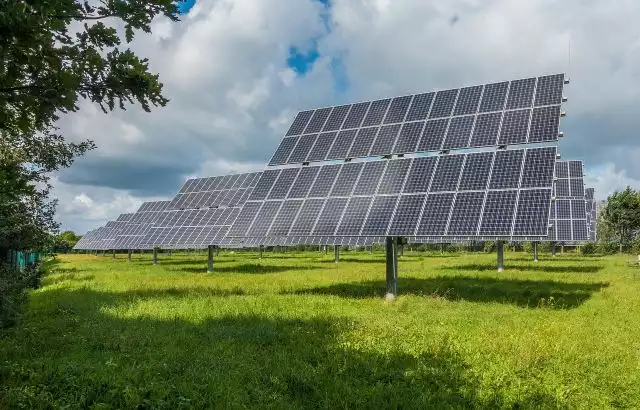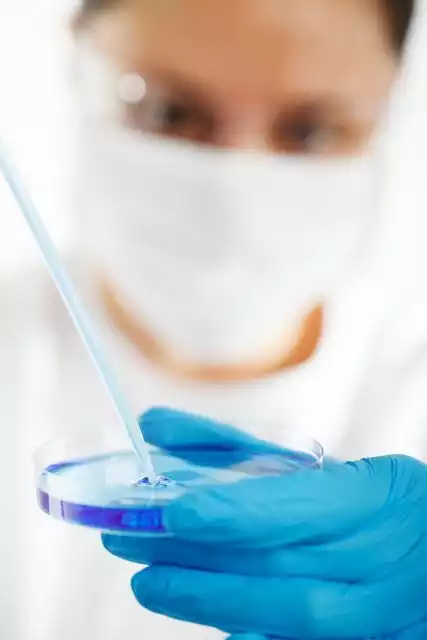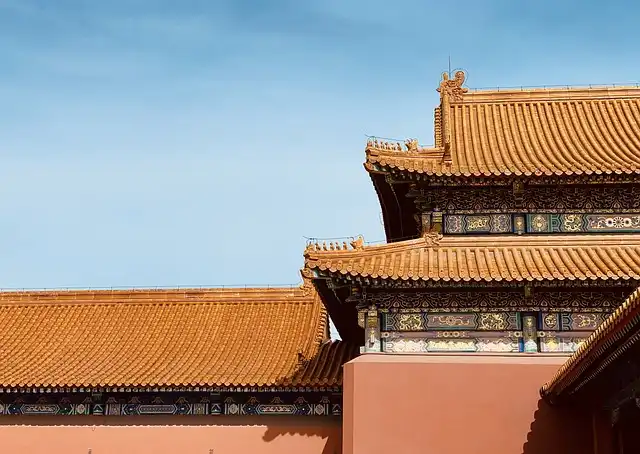
World’s oldest cheese found on 3500-year-old Chinese mummies
Based on the presence of yeast, lactic acid bacteria and proteins from ruminant milk in the samples, Qiaomei Fu at the Chinese Academy of Sciences in Beijing and her colleagues have identified the substance as a kind of kefir cheese.









